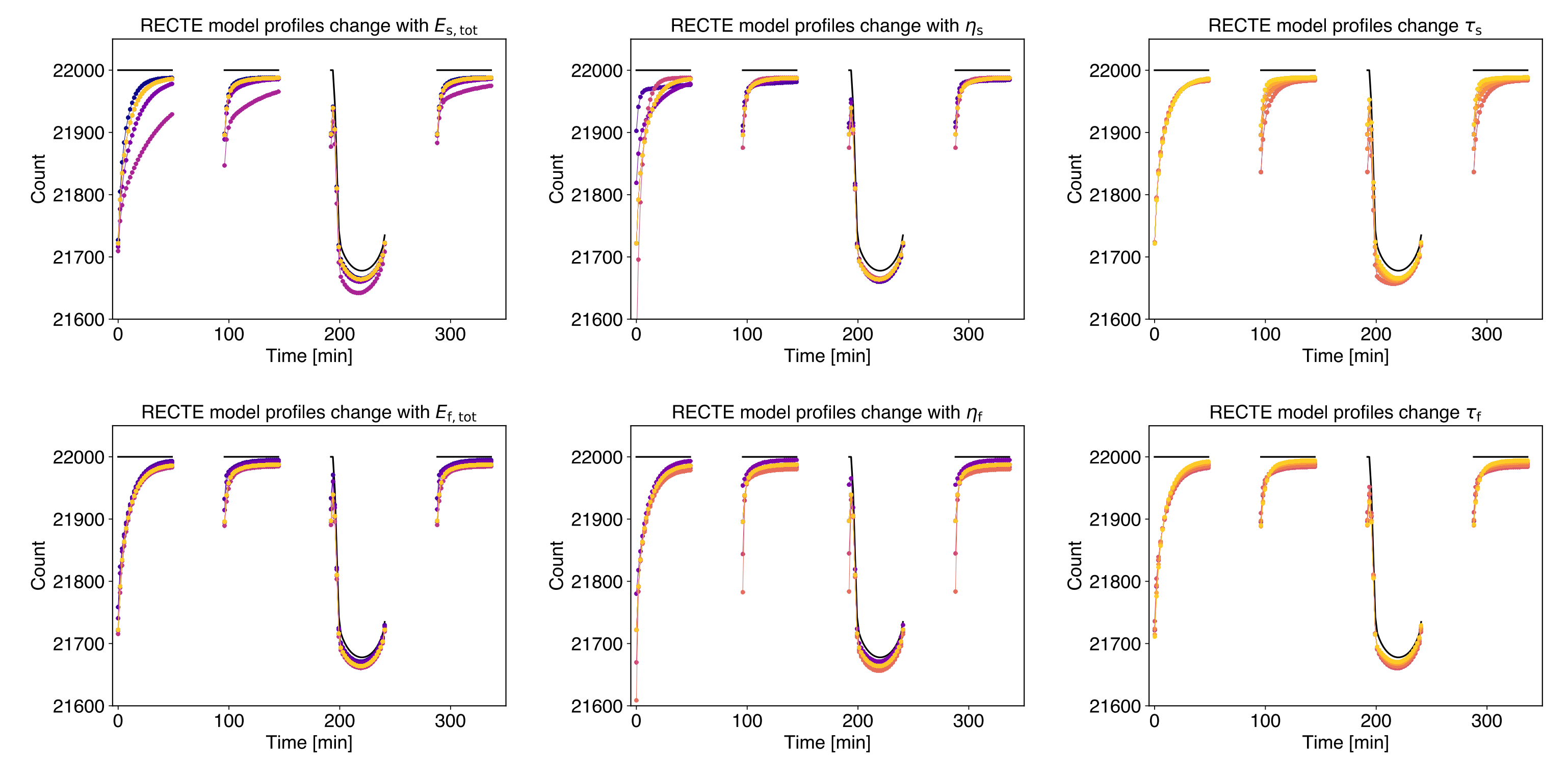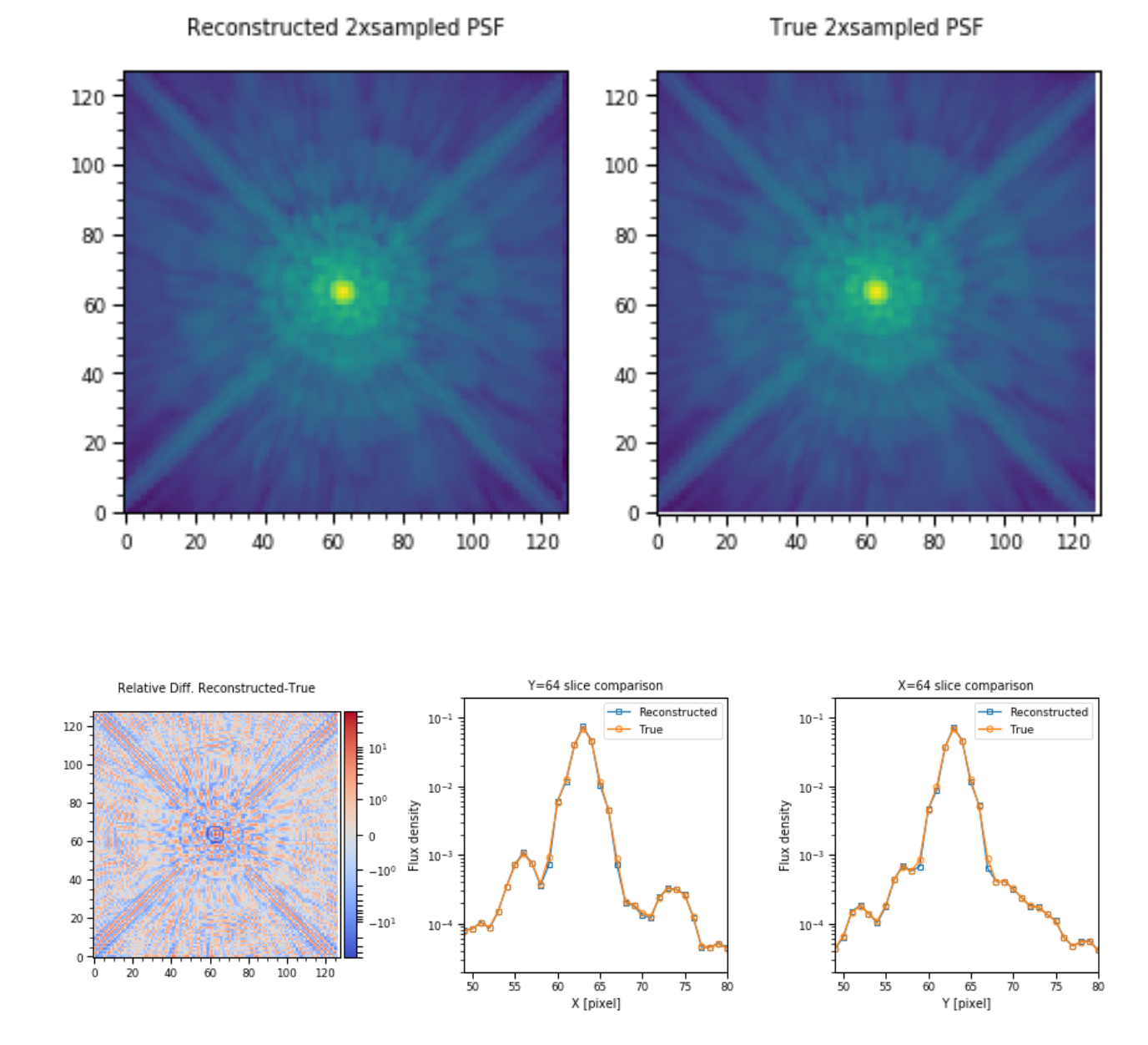New Methods in Exoplanet Observations
Project
Enabling precision time series observations with space-based observatories. Time-series observations offer powerful probes of planet formation processes and planetary atmospheres, revealing the time varying accretion onto young planetary mass companions and the heterogeneous atmospheres of brown dwarfs. Overcoming challenges posed by host star interference, space-based observatories emerge as the ideal choice, because of their superior photometric stability compared to ground-based adaptive optics systems. Armed with data from Hubble and James Webb Space Telescopes, we shall optimize observing and data reduction strategies, propelling a large-scale survey of time series high-contrast observations.
I am an experienced user of the Hubble Space Telescope/Wide Field Camera 3. I am developing new methods to achieve even stronger performance from this fantastic instrument.

I led the development of the WFC3/IR systematic model RECTE. We showed that “ramp effect”, the primary systematics in WFC3/IR light curves, can be explained and corrected with high fidelity using charge trapping theories. RECTE is proved to be able to provide near photon noise limited corrections for observations made with both staring and scanning modes of transiting exoplanets as well as for starting-mode observations of brown dwarfs. After our model correction, the light curve of the first orbit in each visit has the same photometric precision as subsequent orbits, so data from the first orbit need no longer be discarded.

For high contrast direct-imaging observations, I am experimenting with a novel dithering and image reconstruction technique (originally introduced by Rajan et al. (2015) in high-contrast direct imaging observations). The reconstructions result in highly-accurate Nyquist sampled images. The success of this technique will further unleash the potential of WFC3 in direct-imaging observations of exoplanets.
